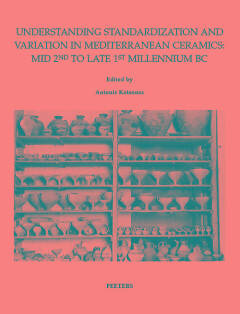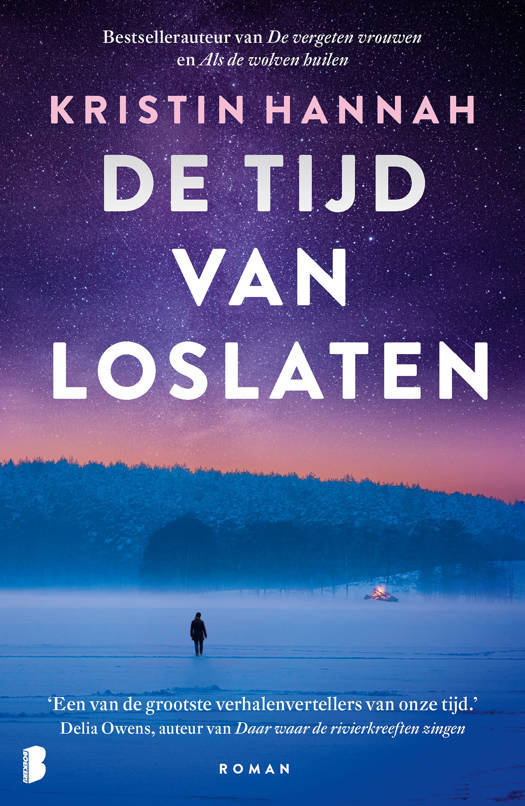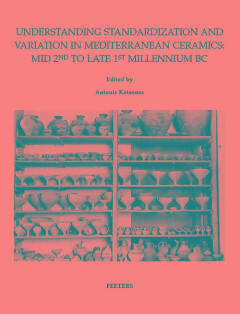
- Afhalen na 1 uur in een winkel met voorraad
- Gratis thuislevering in België vanaf € 30
- Ruim aanbod met 7 miljoen producten
- Afhalen na 1 uur in een winkel met voorraad
- Gratis thuislevering in België vanaf € 30
- Ruim aanbod met 7 miljoen producten
Zoeken
Understanding Standardization and Variation in Mediterranean Ceramics
Mid 2nd to Late 1st Millennium BC
€ 177,45
+ 354 punten
Omschrijving
This volume is designed as a wide-ranging analysis of ceramic standardization and variation, and as a contribution to pottery studies in the Mediterranean and beyond. It originates in a conference session in the 16th Annual Meeting of the European Association of Archaeologists which was held in The Hague, The Netherlands, and was organized by the research team of the project New Perspectives on Ancient Pottery (NPAP) of the Amsterdam Archaeological Centre, University of Amsterdam. Some of the most enduring questions archaeologists raise are explicitly or implicitly formulated around the concepts of standardization and variation. Yet, the significance of these concepts has rarely been acknowledged in archaeological literature and their full potential for the study of ancient culture remains under-explored. To demonstrate the significance of these concepts for the study of material culture, we adopt here a cross-cultural and diachronic perspective. The individual chapters cover a variety of case studies, ranging from Spanish handmade pottery to John Beazley's Greek vase painters. The range of approaches pursued is equally broad and involves traditional stylistic analyses, applications of archaeological science, statistical methodologies, and post-processual considerations. The result will hopefully stimulate pottery experts and specialists in other categories of artifacts to revisit their material from different and fresh angles.
Specificaties
Betrokkenen
- Uitgeverij:
Inhoud
- Aantal bladzijden:
- 196
- Taal:
- Engels
- Reeks:
- Reeksnummer:
- nr. 25
Eigenschappen
- Productcode (EAN):
- 9789042930919
- Verschijningsdatum:
- 13/05/2014
- Uitvoering:
- Paperback
- Formaat:
- Trade paperback (VS)
- Afmetingen:
- 208 mm x 272 mm
- Gewicht:
- 748 g

Alleen bij Standaard Boekhandel
+ 354 punten op je klantenkaart van Standaard Boekhandel
Beoordelingen
We publiceren alleen reviews die voldoen aan de voorwaarden voor reviews. Bekijk onze voorwaarden voor reviews.










